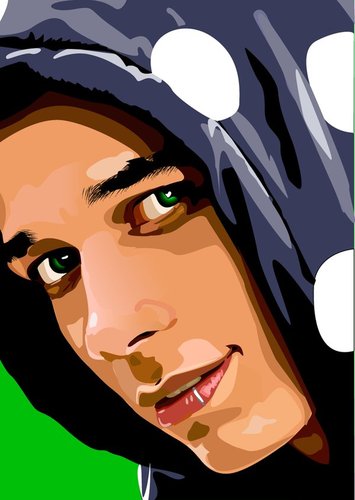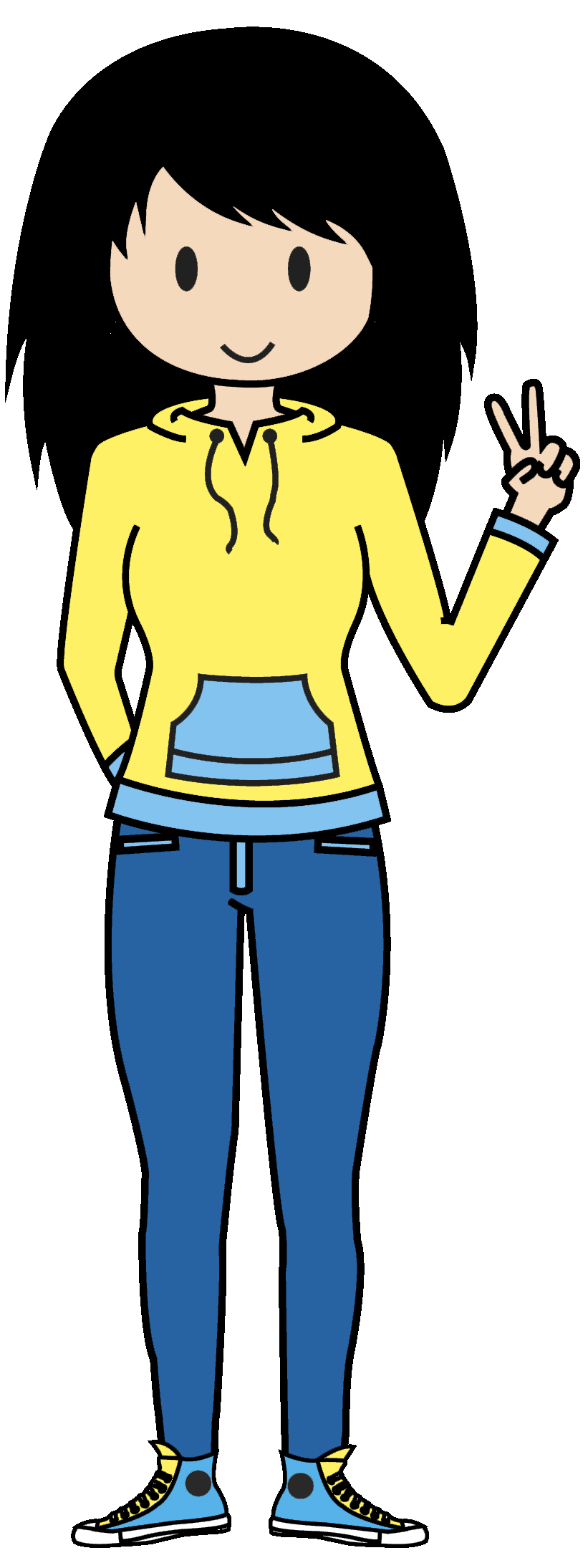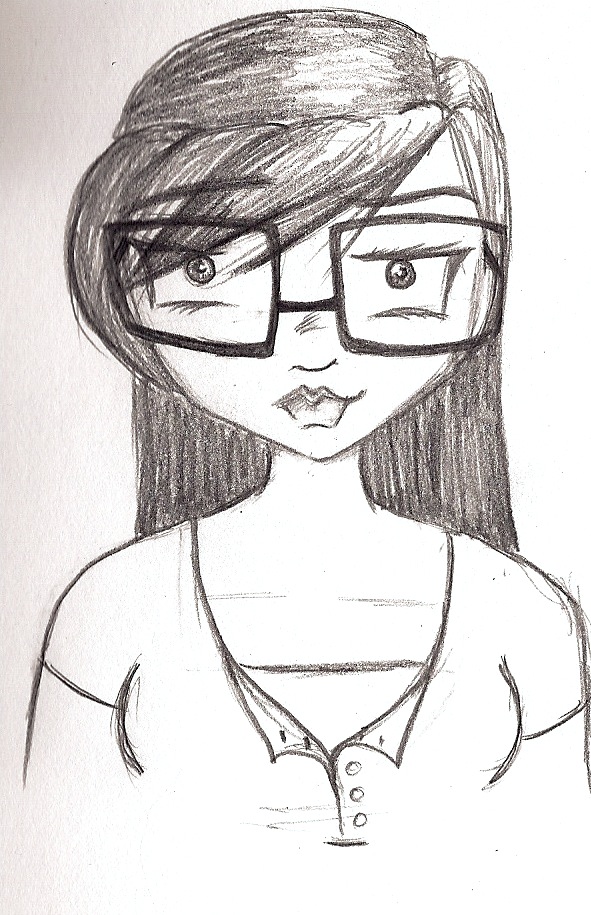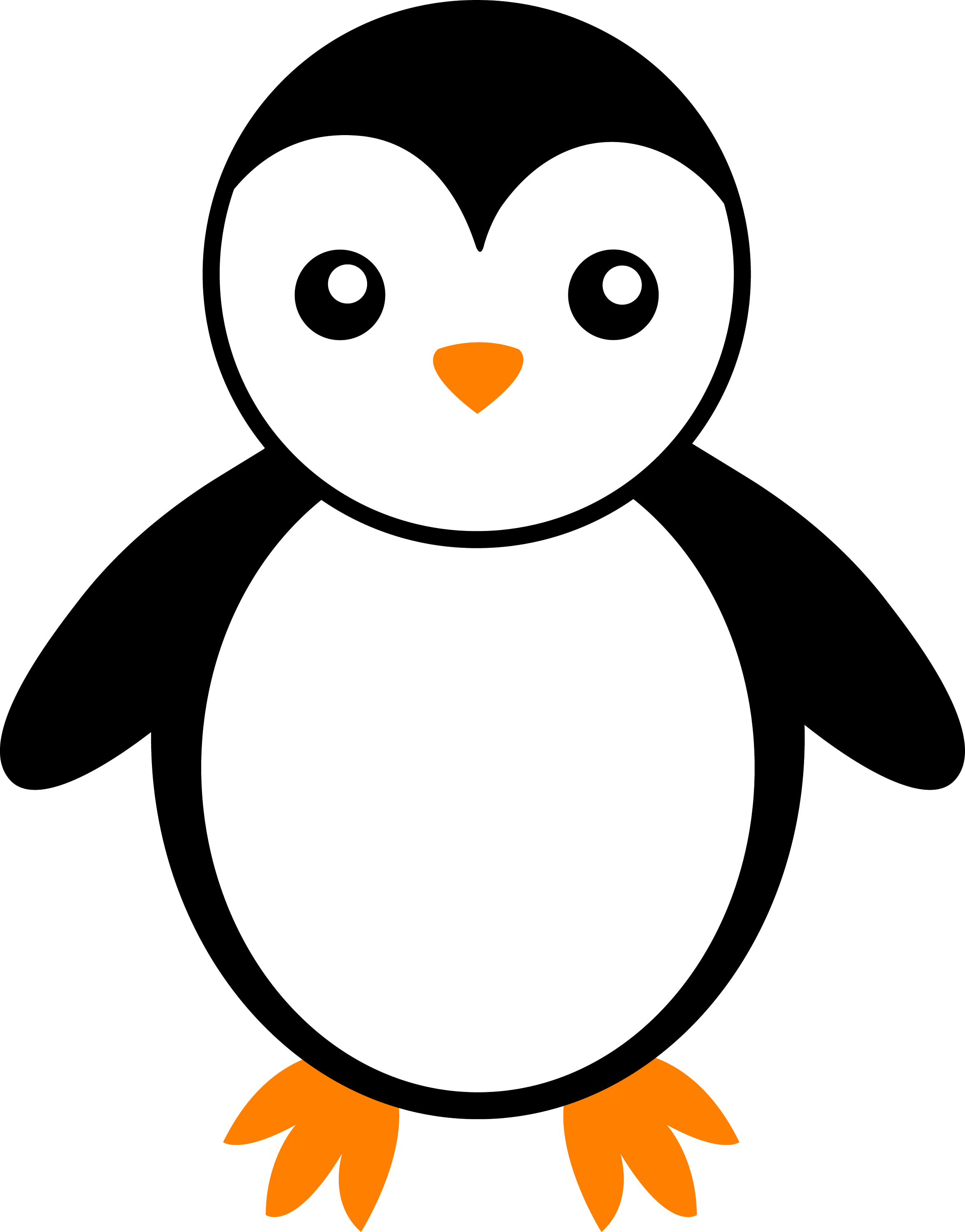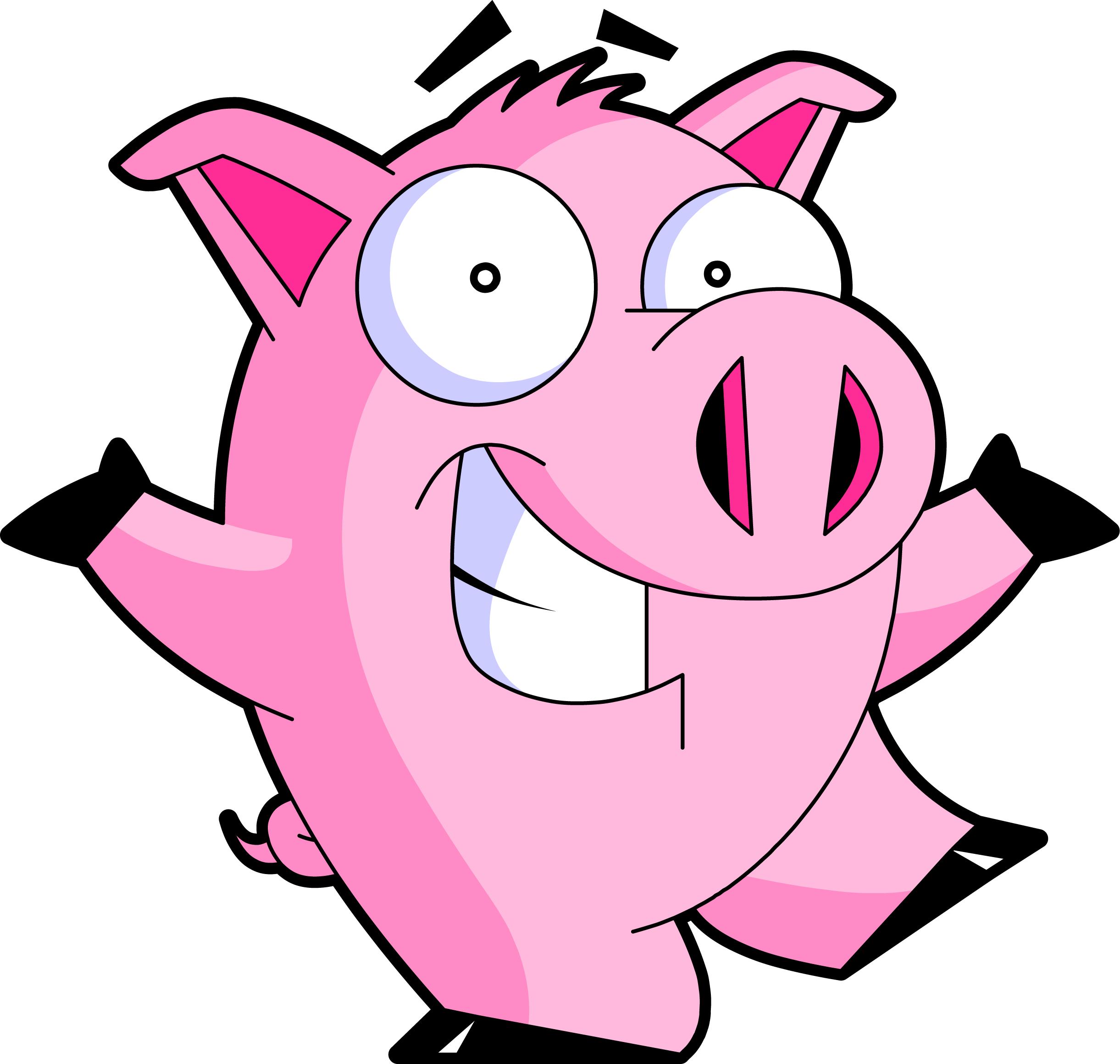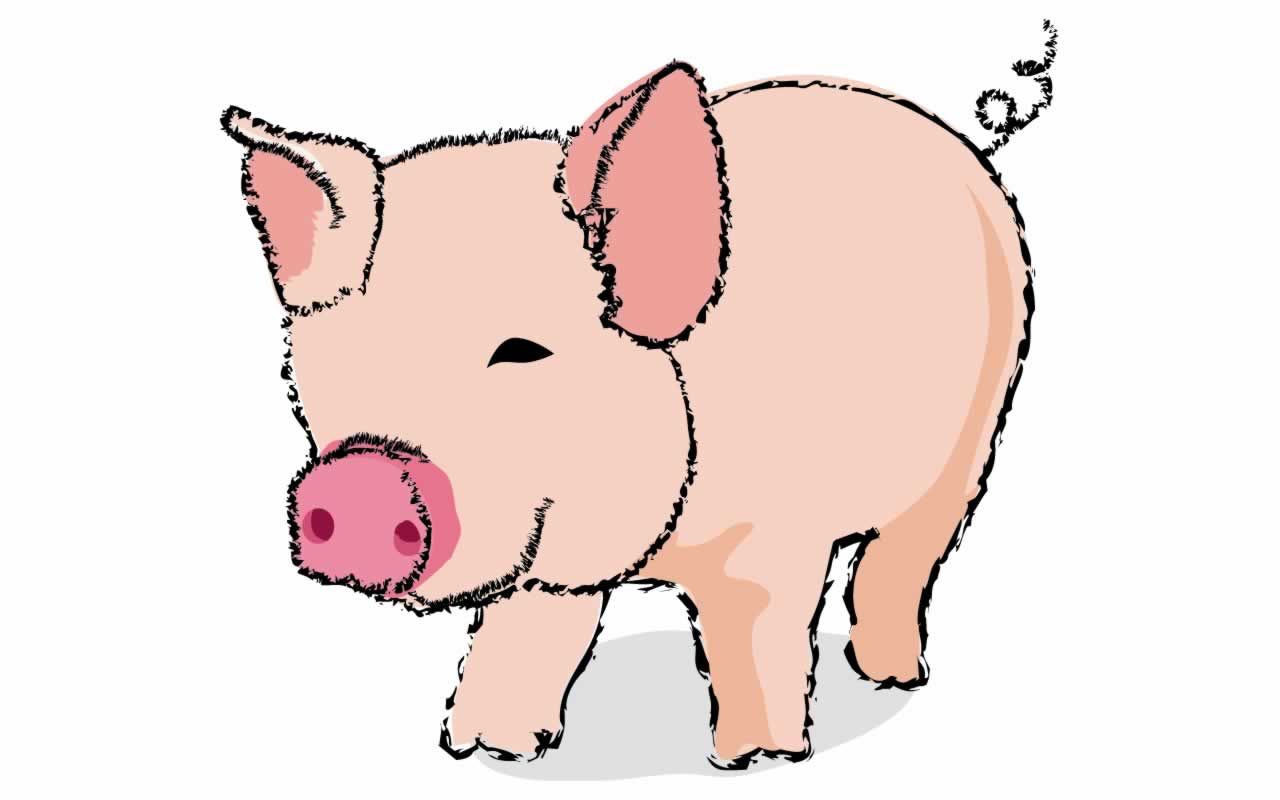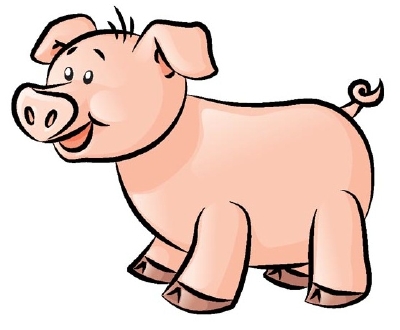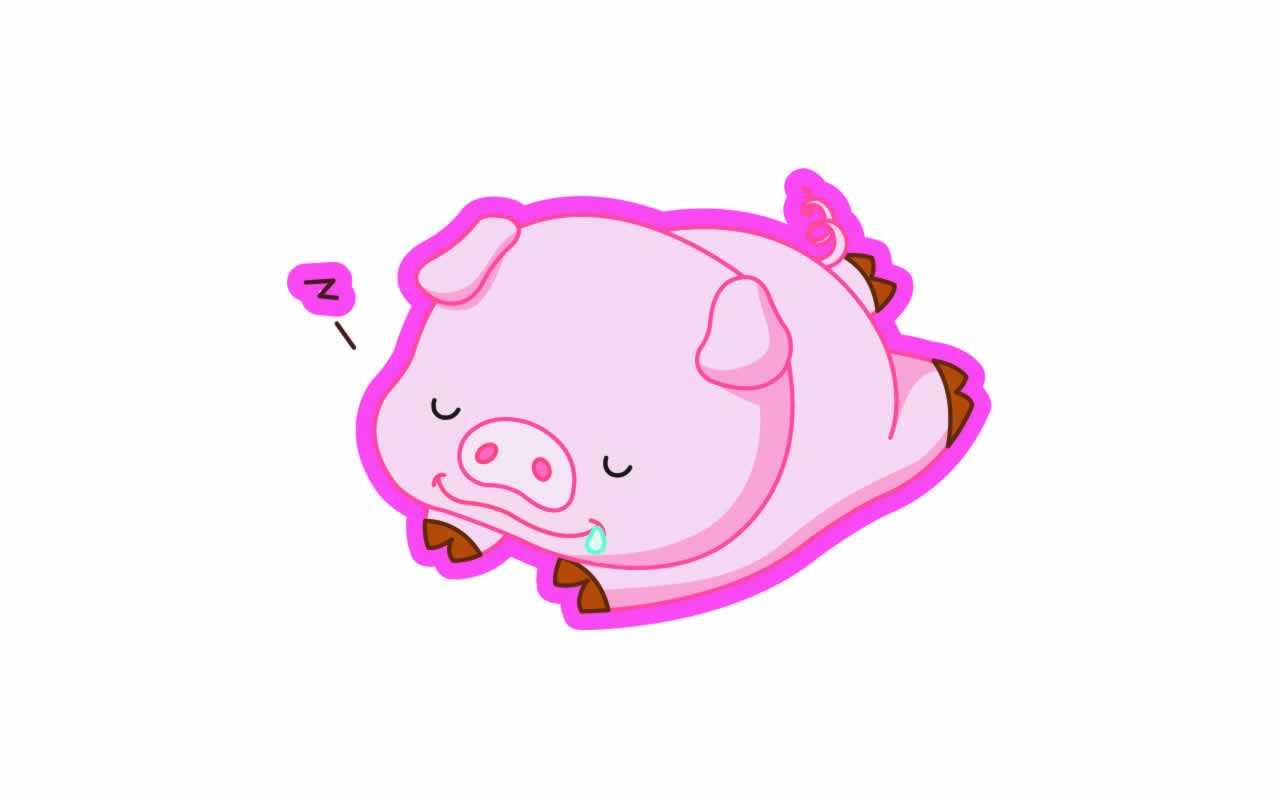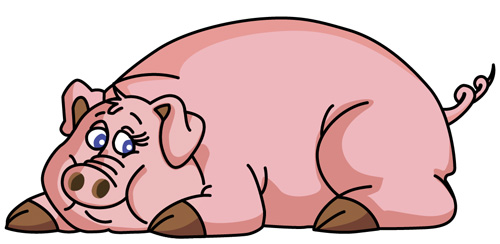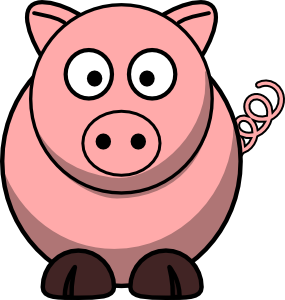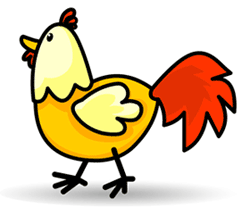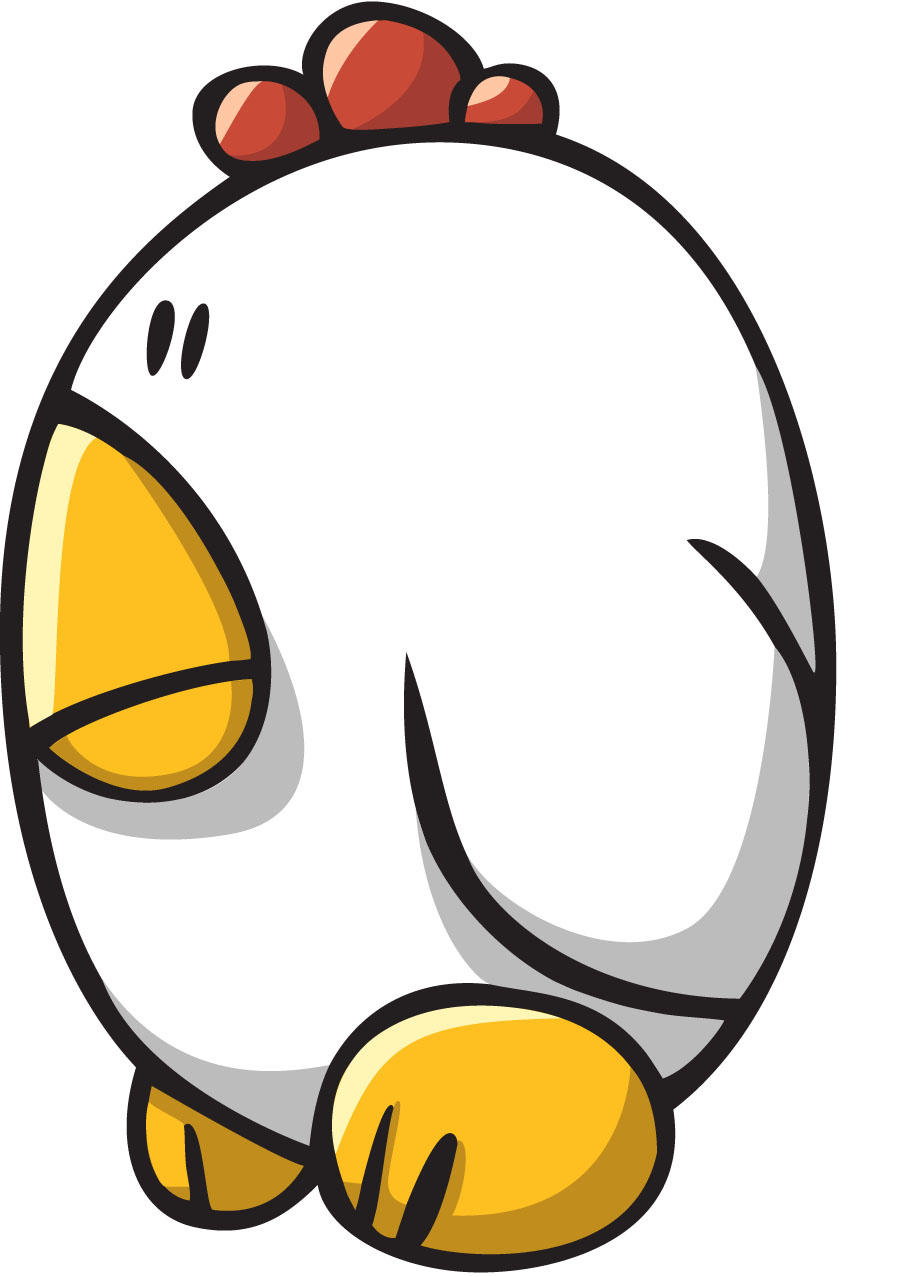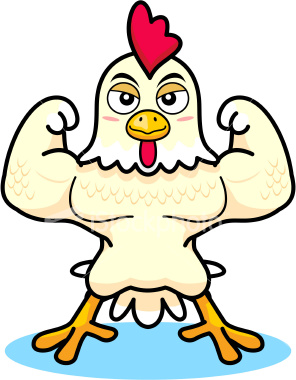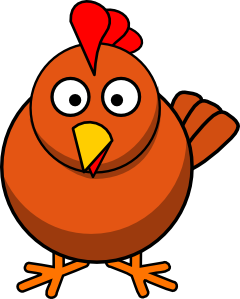Cartoon Picture Of Me Biography
Source(Google.com.pk)
Cartoon Picture Of Me Despicable Me is a 2010 American computer-animated 3D comedy film from Universal Pictures and Illumination Entertainment that was released on July 9, 2010 in the United States. It is Illumination Entertainment's first film. It was directed by Pierre Coffin and Chris Renaud, based on an original story by Sergio Pablos.The film stars the voice of Steve Carell as Gru, a super-villain who adopts three girls (the voices of Miranda Cosgrove, Dana Gaier, and Elsie Fisher) from an orphanage; and the voice of Jason Segel as Vector, a rival of Gru who steals the Great Pyramid of Giza. When Gru learns of Vector's heist, he plans an even greater heist: to shrink and steal the Earth's moon.was entirely animated by the French animation studio Mac Guff, which was later acquired by Illumination Entertainment.The film earned positive reviews from critics, and grossed over $543 million worldwide, against a budget of $69 million.[1] A sequel, Despicable Me 2, released on July 3, 2013, is to be followed by a spin-off featuring Gru's Minions as the main characters on December 19, 2014.[3]Gru, a super-villain, has his pride injured when an unknown super-villain steals the Great Pyramid of Giza, an action that is described by his colleague Dr. Nefario as making "all other villains look lame." Gru decides to do better, with the assistance of Dr. Nefario, by shrinking and stealing the moon, an idea based on his childhood dream of being an astronaut, which was always discouraged by his mother Marlena. The plan is quite expensive and Gru seeks a loan from the Bank of Evil, where the president Mr. Perkins is impressed by the plan, but will only provide the money if Gru can obtain the necessary shrink ray first.Gru and his minions steal the shrink ray from a secret base in Asia but the up-and-coming super-villain, Vector, who was also responsible for the Pyramid theft, immediately steals it from Gru, as revenge for freezing his head earlier. Gru attempts to break into Vector's fortress to get the shrink ray back, but is defeated by numerous booby traps. However, he notices three orphan girls Margo, Edith, and Agnes easily walk into the base to sell Vector cookies. Gru, faking his credentials as a dentist, adopts the girls from Miss Hattie's Home for Girls, planning on using them to infiltrate Vector's base so he can get the shrink ray back. However, Gru has difficulty nurturing them properly between their rambunctiousness, their ballet classes, and his own ineptitude as a parent.Eventually, Gru and the girls arrive at Vector's fortress and Gru manages to steal the shrink ray. The girls then suggest a day at a theme park; Gru agrees, believing he can leave the girls there, but he is told by an attendant that they must be accompanied by an adult. He is then dragged around the theme park for the day, eventually warming up to the girls after they compliment him over blowing up a rigged carnival game. Later, Gru contacts Mr. Perkins, stating that he finally has the shrink ray in his possession. Margo, Edith, and Agnes interrupt the meeting, and Perkins announces that he has lost confidence in Gru and will no longer fund his operations. As Gru tells the minions about the bad news, the girls offer the contents of their piggy bank to fund the plan. His minions then hand over their own savings. Gru, inspired, sacrifices parts of his lair to construct a spacecraft. Gru plans to steal the moon when it is nearest the Earth but this ends up being the same day as the girls' ballet recital. Gru becomes conflicted and Dr. Nefario, seeing this as interfering with the plan, arranges for the girls to be returned to the orphanage. At the same time, Mr. Perkins informs Vector (who is actually Mr. Perkins' son) of Gru's possession of the shrink ray and the adoption of the three girls, inciting Vector to take action.Gru successfully shrinks and steals the moon, but is too late to attend the recital—finding a note from Vector, who has kidnapped the girls, and will exchange the moon for them. After arriving at Vector's lair, Gru readily makes the trade, but Vector reneges on the deal, flying off with the girls and the moon, much to Gru's anger. Meanwhile, Dr. Nefario has discovered that the effects of the shrink ray are temporary; the bigger the object was originally, the faster it will regain its original size. As the moon starts to expand in Vector's ship, Gru, Dr. Nefario, and the minions pull off a daring mid-air rescue of the girls just as the moon explodes out of Vector's ship and launches itself back into orbit, with Vector trapped on it.time later, Gru has readopted the girls and treats them as his daughters, writing them a bedtime storybook framed around his own experience. The film ends with the girls performing their own ballet recital for Gru, Marlena, Dr. Nefario, and the minions.Released on July 9, 2010, in the United States, Despicable Me opened at the number one spot at the box office and pulled in $56.3 million, making it the third biggest opening grossing for an animated film in 2010 behind Toy Story 3 and Shrek Forever After.[20] In its second weekend, the film dipped 42% to second place behind Inception with $32.8 million earned. The film then had another drop of 27% in its third weekend and finished in third place with $23.8 million. On August 5, 2010, the film crossed the $200 million mark, becoming the first Universal film to reach the milestone since 2007's The Bourne Ultimatum.On the weekend lasting from September 3–5, 2010, it surpassed Shrek Forever After to become the second highest-grossing animated film of 2010 in the United States and Canada, behind Toy Story 3. It is also the highest-grossing non-DreamWorks/non-Disney·Pixar animated film of all time in these territories. The film has made $251,513,985 in the United States and Canada as well as an estimated $291,600,000 overseas for a worldwide total of $543,010,705, against its $69 million budget.[1] This film is also Universal's sixth highest-grossing film (unadjusted for inflation)[22] and the tenth-highest-grossing animated feature of all-time in North America.[23] In worldwide earnings, it is the sixth biggest film of Universal Studios,[24] the fourth highest-grossing animated film of 2010 trailing Toy Story 3, Shrek Forever After, and Tangled, the 24th highest-grossing animated film of all time and the 9th highest-grossing film of 2010It was entirely animated by the French animation studio Mac Guff, which was later acquired by Illumination Entertainment.The film earned positive reviews from critics, and grossed over $543 million worldwide, against a budget of $69 million.[1] A sequel, Despicable Me 2, released on July 3, 2013, is to be followed by a spin-off featuring Gru's Minions as the main characters on December 19, 2014.[3]Gru, a super-villain, has his pride injured when an unknown super-villain steals the Great Pyramid of Giza, an action that is described by his colleague Dr. Nefario as making "all other villains look lame." Gru decides to do better, with the assistance of Dr. Nefario, by shrinking and stealing the moon, an idea based on his childhood dream of being an astronaut, which was always discouraged by his mother Marlena. The plan is quite expensive and Gru seeks a loan from the Bank of Evil, where the president Mr. Perkins is impressed by the plan, but will only provide the money if Gru can obtain the necessary shrink ray first.and his minions steal the shrink ray from a secret base in Asia but the up-and-coming super-villain, Vector, who was also responsible for the Pyramid theft, immediately steals it from Gru, as revenge for freezing his head earlier. Gru attempts to break into Vector's fortress to get the shrink ray back, but is defeated by numerous booby traps. However, he notices three orphan girls Margo, Edith, and Agnes easily walk into the base to sell Vector cookies. Gru, faking his credentials as a dentist, adopts the girls from Miss Hattie's Home for Girls, planning on using them to infiltrate Vector's base so he can get the shrink ray back. However, Gru has difficulty nurturing them properly between their rambunctiousness, their ballet classes, and his own ineptitude as a parent.Eventually, Gru and the girls arrive at Vector's fortress and Gru manages to steal the shrink ray. The girls then suggest a day at a theme park; Gru agrees, believing he can leave the girls there, but he is told by an attendant that they must be accompanied by an adult. He is then dragged around the theme park for the day, eventually warming up to the girls after they compliment him over blowing up a rigged carnival game. Later, Gru contacts Mr. Perkins, stating that he finally has the shrink ray in his possession. Margo, Edith,
Source(Google.com.pk)
Cartoon Picture Of Me Despicable Me is a 2010 American computer-animated 3D comedy film from Universal Pictures and Illumination Entertainment that was released on July 9, 2010 in the United States. It is Illumination Entertainment's first film. It was directed by Pierre Coffin and Chris Renaud, based on an original story by Sergio Pablos.The film stars the voice of Steve Carell as Gru, a super-villain who adopts three girls (the voices of Miranda Cosgrove, Dana Gaier, and Elsie Fisher) from an orphanage; and the voice of Jason Segel as Vector, a rival of Gru who steals the Great Pyramid of Giza. When Gru learns of Vector's heist, he plans an even greater heist: to shrink and steal the Earth's moon.was entirely animated by the French animation studio Mac Guff, which was later acquired by Illumination Entertainment.The film earned positive reviews from critics, and grossed over $543 million worldwide, against a budget of $69 million.[1] A sequel, Despicable Me 2, released on July 3, 2013, is to be followed by a spin-off featuring Gru's Minions as the main characters on December 19, 2014.[3]Gru, a super-villain, has his pride injured when an unknown super-villain steals the Great Pyramid of Giza, an action that is described by his colleague Dr. Nefario as making "all other villains look lame." Gru decides to do better, with the assistance of Dr. Nefario, by shrinking and stealing the moon, an idea based on his childhood dream of being an astronaut, which was always discouraged by his mother Marlena. The plan is quite expensive and Gru seeks a loan from the Bank of Evil, where the president Mr. Perkins is impressed by the plan, but will only provide the money if Gru can obtain the necessary shrink ray first.Gru and his minions steal the shrink ray from a secret base in Asia but the up-and-coming super-villain, Vector, who was also responsible for the Pyramid theft, immediately steals it from Gru, as revenge for freezing his head earlier. Gru attempts to break into Vector's fortress to get the shrink ray back, but is defeated by numerous booby traps. However, he notices three orphan girls Margo, Edith, and Agnes easily walk into the base to sell Vector cookies. Gru, faking his credentials as a dentist, adopts the girls from Miss Hattie's Home for Girls, planning on using them to infiltrate Vector's base so he can get the shrink ray back. However, Gru has difficulty nurturing them properly between their rambunctiousness, their ballet classes, and his own ineptitude as a parent.Eventually, Gru and the girls arrive at Vector's fortress and Gru manages to steal the shrink ray. The girls then suggest a day at a theme park; Gru agrees, believing he can leave the girls there, but he is told by an attendant that they must be accompanied by an adult. He is then dragged around the theme park for the day, eventually warming up to the girls after they compliment him over blowing up a rigged carnival game. Later, Gru contacts Mr. Perkins, stating that he finally has the shrink ray in his possession. Margo, Edith, and Agnes interrupt the meeting, and Perkins announces that he has lost confidence in Gru and will no longer fund his operations. As Gru tells the minions about the bad news, the girls offer the contents of their piggy bank to fund the plan. His minions then hand over their own savings. Gru, inspired, sacrifices parts of his lair to construct a spacecraft. Gru plans to steal the moon when it is nearest the Earth but this ends up being the same day as the girls' ballet recital. Gru becomes conflicted and Dr. Nefario, seeing this as interfering with the plan, arranges for the girls to be returned to the orphanage. At the same time, Mr. Perkins informs Vector (who is actually Mr. Perkins' son) of Gru's possession of the shrink ray and the adoption of the three girls, inciting Vector to take action.Gru successfully shrinks and steals the moon, but is too late to attend the recital—finding a note from Vector, who has kidnapped the girls, and will exchange the moon for them. After arriving at Vector's lair, Gru readily makes the trade, but Vector reneges on the deal, flying off with the girls and the moon, much to Gru's anger. Meanwhile, Dr. Nefario has discovered that the effects of the shrink ray are temporary; the bigger the object was originally, the faster it will regain its original size. As the moon starts to expand in Vector's ship, Gru, Dr. Nefario, and the minions pull off a daring mid-air rescue of the girls just as the moon explodes out of Vector's ship and launches itself back into orbit, with Vector trapped on it.time later, Gru has readopted the girls and treats them as his daughters, writing them a bedtime storybook framed around his own experience. The film ends with the girls performing their own ballet recital for Gru, Marlena, Dr. Nefario, and the minions.Released on July 9, 2010, in the United States, Despicable Me opened at the number one spot at the box office and pulled in $56.3 million, making it the third biggest opening grossing for an animated film in 2010 behind Toy Story 3 and Shrek Forever After.[20] In its second weekend, the film dipped 42% to second place behind Inception with $32.8 million earned. The film then had another drop of 27% in its third weekend and finished in third place with $23.8 million. On August 5, 2010, the film crossed the $200 million mark, becoming the first Universal film to reach the milestone since 2007's The Bourne Ultimatum.On the weekend lasting from September 3–5, 2010, it surpassed Shrek Forever After to become the second highest-grossing animated film of 2010 in the United States and Canada, behind Toy Story 3. It is also the highest-grossing non-DreamWorks/non-Disney·Pixar animated film of all time in these territories. The film has made $251,513,985 in the United States and Canada as well as an estimated $291,600,000 overseas for a worldwide total of $543,010,705, against its $69 million budget.[1] This film is also Universal's sixth highest-grossing film (unadjusted for inflation)[22] and the tenth-highest-grossing animated feature of all-time in North America.[23] In worldwide earnings, it is the sixth biggest film of Universal Studios,[24] the fourth highest-grossing animated film of 2010 trailing Toy Story 3, Shrek Forever After, and Tangled, the 24th highest-grossing animated film of all time and the 9th highest-grossing film of 2010It was entirely animated by the French animation studio Mac Guff, which was later acquired by Illumination Entertainment.The film earned positive reviews from critics, and grossed over $543 million worldwide, against a budget of $69 million.[1] A sequel, Despicable Me 2, released on July 3, 2013, is to be followed by a spin-off featuring Gru's Minions as the main characters on December 19, 2014.[3]Gru, a super-villain, has his pride injured when an unknown super-villain steals the Great Pyramid of Giza, an action that is described by his colleague Dr. Nefario as making "all other villains look lame." Gru decides to do better, with the assistance of Dr. Nefario, by shrinking and stealing the moon, an idea based on his childhood dream of being an astronaut, which was always discouraged by his mother Marlena. The plan is quite expensive and Gru seeks a loan from the Bank of Evil, where the president Mr. Perkins is impressed by the plan, but will only provide the money if Gru can obtain the necessary shrink ray first.and his minions steal the shrink ray from a secret base in Asia but the up-and-coming super-villain, Vector, who was also responsible for the Pyramid theft, immediately steals it from Gru, as revenge for freezing his head earlier. Gru attempts to break into Vector's fortress to get the shrink ray back, but is defeated by numerous booby traps. However, he notices three orphan girls Margo, Edith, and Agnes easily walk into the base to sell Vector cookies. Gru, faking his credentials as a dentist, adopts the girls from Miss Hattie's Home for Girls, planning on using them to infiltrate Vector's base so he can get the shrink ray back. However, Gru has difficulty nurturing them properly between their rambunctiousness, their ballet classes, and his own ineptitude as a parent.Eventually, Gru and the girls arrive at Vector's fortress and Gru manages to steal the shrink ray. The girls then suggest a day at a theme park; Gru agrees, believing he can leave the girls there, but he is told by an attendant that they must be accompanied by an adult. He is then dragged around the theme park for the day, eventually warming up to the girls after they compliment him over blowing up a rigged carnival game. Later, Gru contacts Mr. Perkins, stating that he finally has the shrink ray in his possession. Margo, Edith,
Images Pics Photos Wallpapers Pictures
Images Pics Photos Wallpapers Pictures
Images Pics Photos Wallpapers Pictures
Images Pics Photos Wallpapers Pictures
Images Pics Photos Wallpapers Pictures
Images Pics Photos Wallpapers Pictures
Images Pics Photos Wallpapers Pictures
Images Pics Photos Wallpapers Pictures
Images Pics Photos Wallpapers Pictures
Images Pics Photos Wallpapers Pictures
Images Pics Photos Wallpapers Pictures



